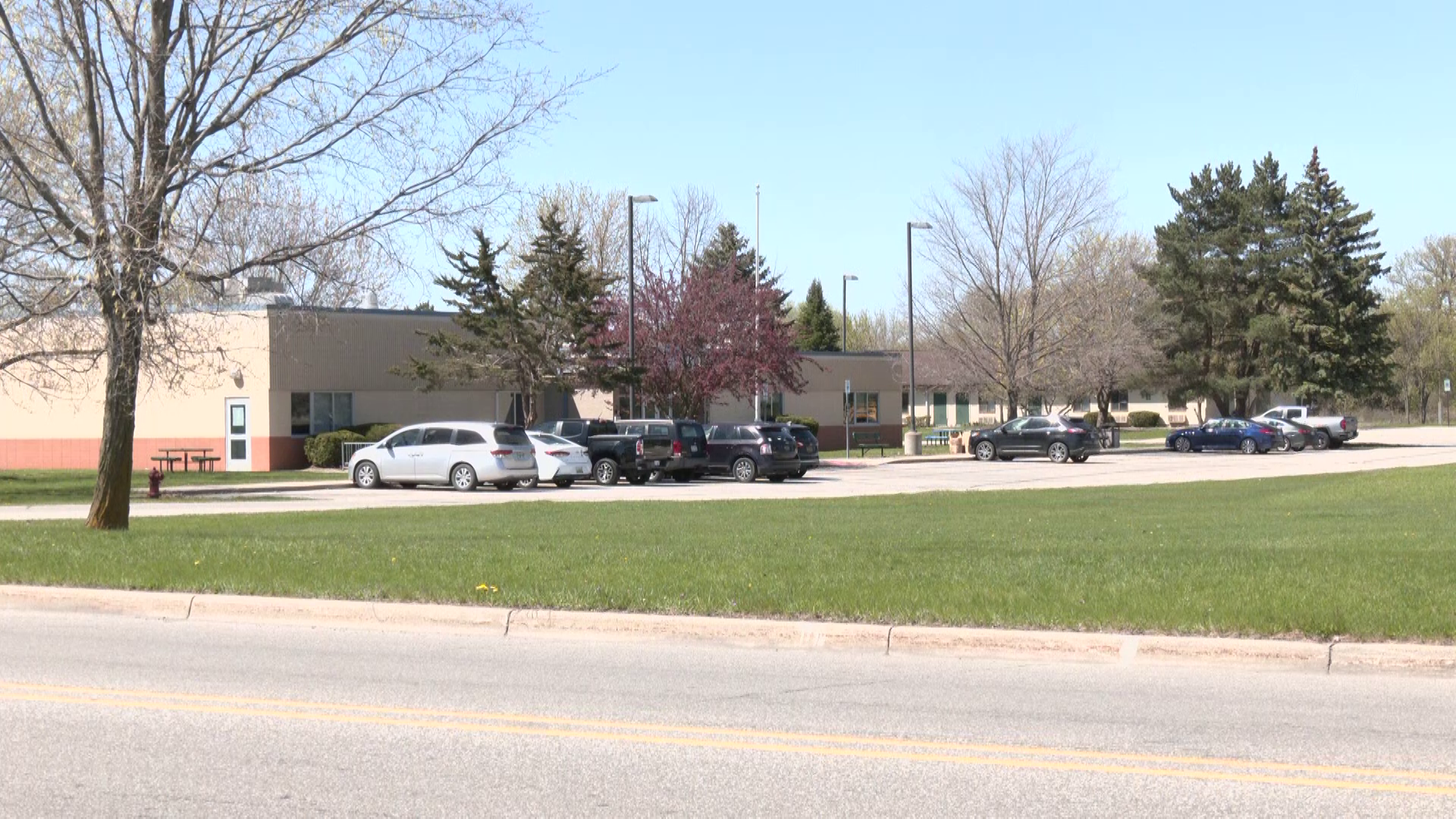
Small injuries to the head, can turn into big problems immediately or down the road. In this Health in Focus, , from , explains how brain bleeding is caused, and why it’s important to seek medical attention, especially if you’re over a certain age.
“So a brain bleed is obviously a bleed that’s within the brain and the two most common sources of brain bleeds that we see this from a surgical perspective, are usually traumatic meaning that after a fall or after a car accident, versus ones that are caused by medical conditions such as high blood pressure, which can cause bleeds as well,” Dr. Jagannathan explained.
The symptoms of a brain bleed can include headaches, nausea and vomiting, and feeling off-balance or dizzy. Depending on the age, the severity of the injury, and other health factors, some patients may experience symptoms over the course of several weeks to months, especially if it’s ‘acute’. “Sometimes, in older patients especially, you can have a slow oozing venous blood around the brain and has more of an insidious onset of symptoms,” said Dr. Jagannathan. “The symptoms can be extremely dramatic including loss of consciousness or paralysis, and/or a headache”.
He also added that sometimes indications can be fairly vague, but it’s important to take them seriously as they can lead to life-threatening situations. “The first step is obviously to contact a medical professional, ideally a primary care physician or a local emergency room. The gold standard for diagnosing a brain bleed is a head CT which is available in most hospitals, even many urgent cares, and it’s usually about a 45-second study. It’s usually very accurate”.
Treatment for a brain bleed can range from self-healing and/or surgery, depending on the severity.
For more information about Dr. Jay Jagannathan from Jagannathan Neurosurgery, .

© 2023 - 910 Media Group


